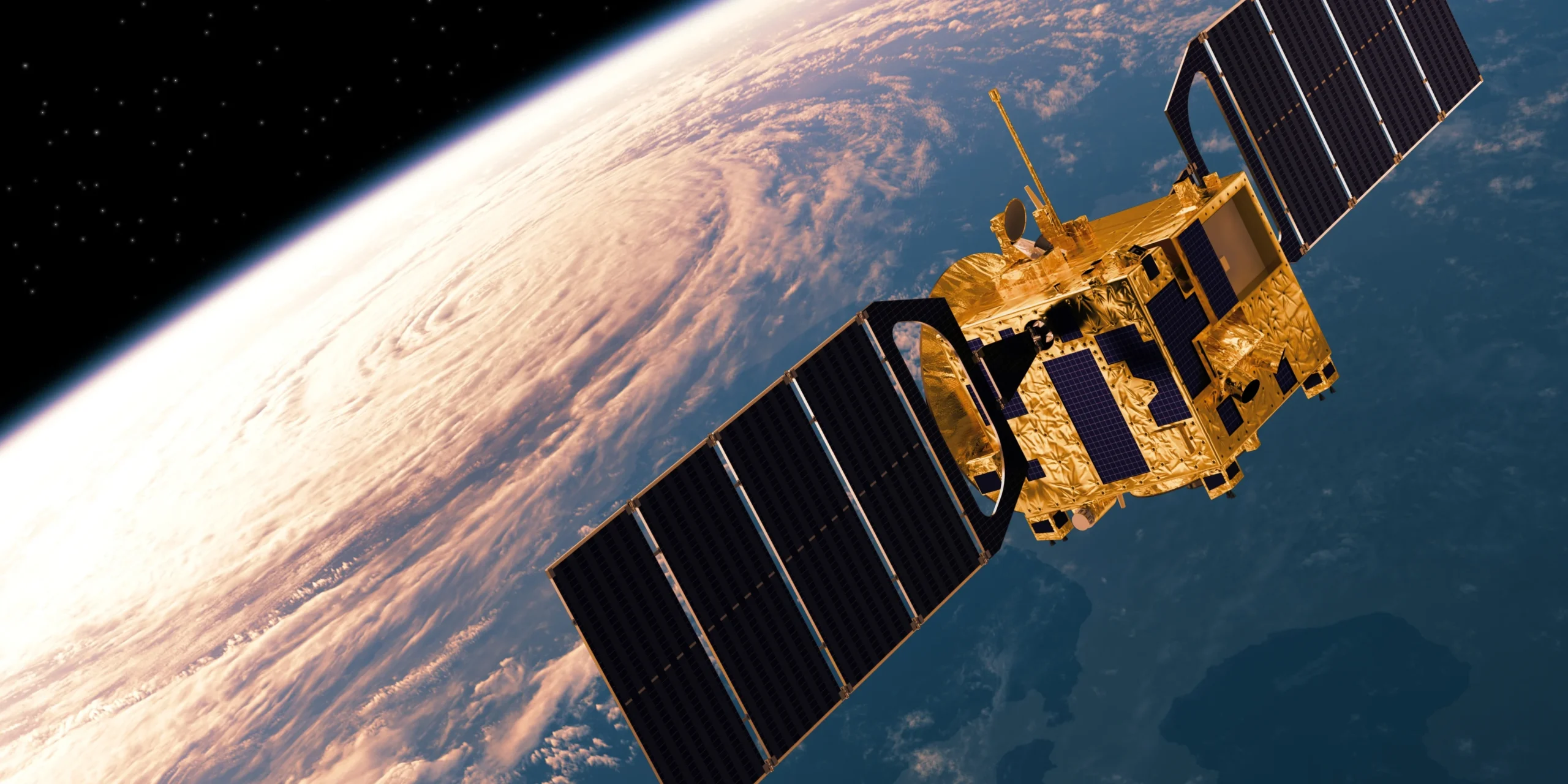Why This Matters
Space is no longer the exclusive domain of superpowers. By 2025, private companies are driving a new era of satellite launches and space services, reshaping everything from global internet access to climate monitoring. According to the Satellite Industry Association, the commercial satellite market will exceed $320 billion by 2030, with 2025 marking a record-breaking year for deployments.
This rapid expansion raises opportunities – and questions – about how humanity will manage orbit in the years ahead.
The Current Landscape
- Mega-Constellations: SpaceX’s Starlink has launched over 6,000 satellites, with Amazon’s Kuiper and China’s Guowang following suit.
- Climate Monitoring: Satellites track deforestation, greenhouse gases, and natural disasters in real time.
- Defense & Security: Nations and companies are racing to secure orbital “real estate.”
- Private Investment: Venture capital in space startups has doubled since 2020, reaching $12 billion annually (PitchBook, 2025).
Key Applications
- Global Internet: Expanding broadband to underserved regions via low-Earth orbit (LEO) satellites.
- Navigation & Timing: Precision GPS services underpinning transportation and logistics.
- Earth Observation: Tracking agriculture yields, disaster relief, and urban growth.
- Telecoms: Providing stable, high-speed connectivity for business and governments.
- Defense: Real-time intelligence and secure communication networks.
Benefits
- Connectivity Everywhere: Bridging the digital divide in rural and remote regions.
- Disaster Response: Faster data for emergency teams during floods, fires, and earthquakes.
- Economic Growth: Thousands of new jobs in launch services, manufacturing, and data analytics.
- Scientific Advancement: Expanding knowledge of Earth’s systems and the universe.
Challenges
- Space Debris: Over 36,000 tracked objects orbit Earth, threatening collisions.
- Regulation: National and international laws struggle to keep pace with private launches.
- Cost Barriers: While falling, launch costs still limit smaller players.
- Competition: Geopolitical rivalries risk creating fragmented, militarised orbits.
Outlook
The new space race is commercial. While governments remain key actors, private companies are increasingly central to space infrastructure. Analysts predict that by 2035, half of all operational satellites will be privately owned.
The future will demand global cooperation to prevent overcrowding and ensure sustainable use of Earth’s orbit. Without it, space could become both a battlefield and a junkyard.
Practical Takeaways
- Consumers: Expect faster, cheaper internet access in previously disconnected areas.
- Businesses: Watch opportunities in satellite-enabled services like agriculture tech and logistics.
- Governments: Push for international agreements on debris management and orbital rights.
- Tech Watchers: Monitor satellite megaconstellations – they’re reshaping internet and defense industries.
Sources
- Satellite Industry Association, State of the Satellite Industry Report 2025
- PitchBook, Space Investment Trends 2025
- NASA Orbital Debris Quarterly News
- European Space Policy Institute, Commercial Space Outlook 2025








Leave a Reply